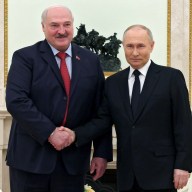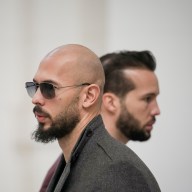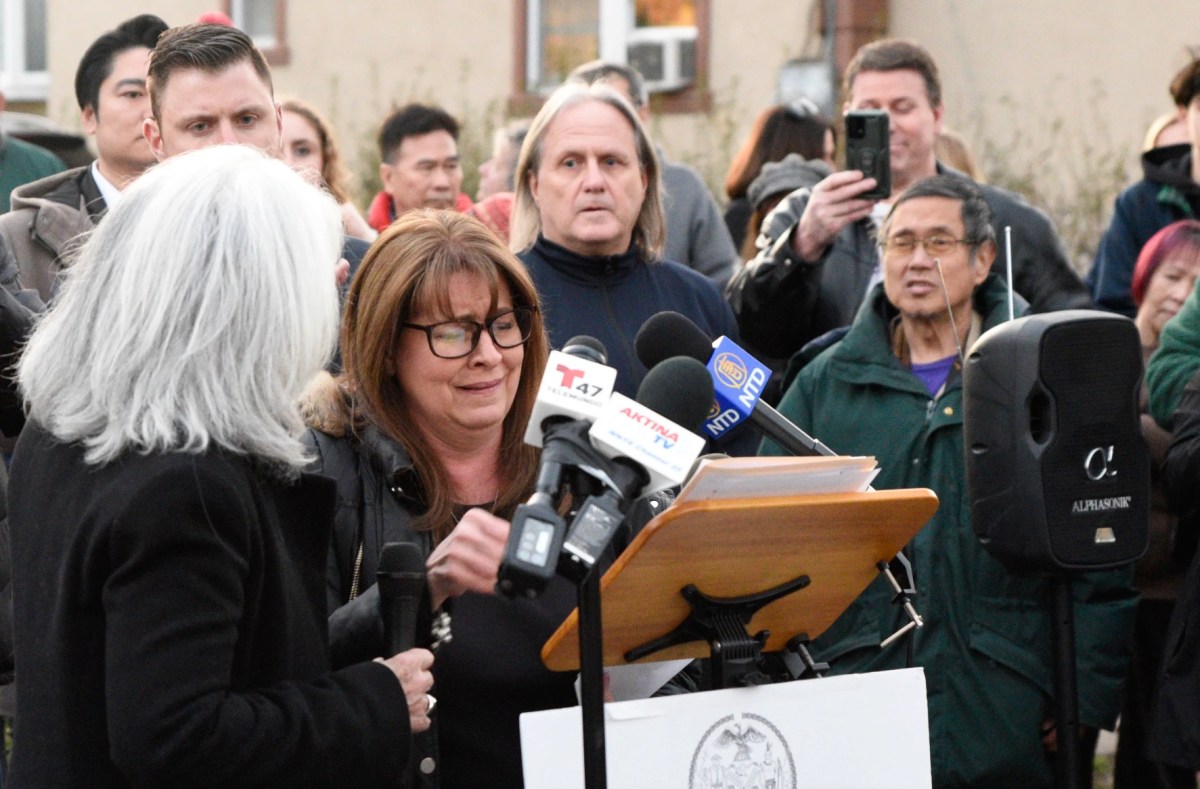For millions watching at home, Felix Baumgartner’s 1,342 km/hour free fall was terrifying, but for the team that spent seven years working on the historic jump, it was agony. From the launch site in Roswell, Red Bull Stratos director Art Thompson spoke to us about life and death.
Metro: What were your emotions during the mission?
Thompson: Tough. You spend the entire build-up running through process and you have to stay focused and energized, but there is a lot of anxiety watching the balloon because you know it going to go through bad conditions and tough moments.
What were the most difficult moments?
As Felix passed through the jet stream we had 120 mile/hour (180km/hour) winds and I thought the balloon could get sheared. Then he didn’t know if his visor was heating – at that point I cut the live feed and we talked it through with Felix, making sure he felt comfortable and confident. We had to come up with a new plan with the science team; we isolated him from the capsule so we could test the faceplate heating and from the chest pack – he was confident it would work.
You had to accept some risks?
Exactly. We refer to protocol to deal with ‘acceptable risk,’ Felix went along with it – he knew he would be in dangerous positions but we wanted him to know his options. Like when he went into the tumble, he could have used the drogue (automatic stabilizer) and maybe not reached Mach speed but he continued with the test, thinking ‘I’m going to survive.’
The mission broke records for highest and fastest jump – what are you most proud of?
The data we collected is very significant for aerospace medicine and commercial space programs. We gathered a lot of information that will teach us, and we achieved a number of records, but the proudest moment was seeing my friend return to Earth alive.
















